July 20, 2017
Even at the height of summer, it’s time to start thinking about year-end sales sprints and next year’s sales incentive program. (Believe it or not, you’ll need to book your hotel as soon as possible for a 2019 travel program!) To get your sales team off to the right start, design a sales incentive program with success in mind. Here are a few of the fundamentals:
- Begin with the end in mind. What kind of results are you looking for, anyway? Overall sales? Sales of specific products or services? During what period?
- Set goals. Goals must be achievable, but challenging. Your program should reward those who have made extra effort. And people will only be motivated if they think they have a chance of making it.
- Consider structure. Programs can get better results if tiers are included, so that sales people or channel partners who are improving, but are not yet top performers, also have a reason to stay engaged.
- Determine a budget. You’ll need to decide if your program is open-ended or closed-ended. With an open-ended program, you’ll be awarding everyone who hits their goal. A closed-ended program limits the number of winners to the top performers. Also, the Incentive Marketing Association suggests, “Anywhere from 5% to 10% of additional (incremental) gross sales during the incentive period can be applied to the total cost of the program.” You’ll need to firm up your projections to be sure that the program pays for itself.

- Select rewards. For year-long incentive programs, group travel is considered the most motivating, and its effect is known to last from the first program communication to photos shared in the office after the event. Shorter incentive programs or those with lower budgets can also benefit with individual travel rewards. Recent research by the Incentive Research Foundation also shows that program participants are highly individual in the recognition and reward preferences. Consider including a rewards mall that offers a wide array of options, to connect with each person in the audience.
- Measure. Be sure to collect baseline measurements for sales before the program begins, so that you can demonstrate ROI at the end of the program. During the qualification period, keep an eye on engagement metrics to be sure the sales force is on the right track.
- Communicate. Keep the program front of mind, with easy-to-understand rules and frequent reminders. This is a chance to let people know how to succeed, and gives them a path. Use communications to course correct or to highlight best practices throughout the program period.
By thinking through your sales incentive strategy, you’ll connect your program goals with your team’s personal aspirations and desire to succeed.
Check out our whitepaper on Sales Incentives here for more information, or shoot us an email at [email protected] to find out how we can help.



